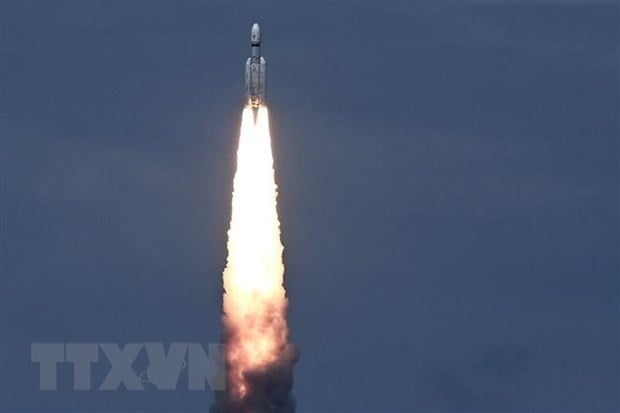 |
| Chandrayaan-3 launch from Satish Dhawan Space Center in Andhra Pradesh state, southern India, July 14. (Source: AFP) |
This success made India the fourth country in the world to land a spacecraft on the planet, along with the US, China and the former Soviet Union.
The Indian Space Research Organisation (ISRO) has confirmed that the lander has successfully landed on the surface of the Moon.
Vikram landed with a small robot called Pragyan. The solar-powered duo would explore the surface for one lunar day (about 14 Earth days), before the dark and cold lunar night (also 14 Earth days long) set in, draining their batteries.
Vikram carries four sets of scientific instruments, including a thermal probe capable of penetrating about 10cm into the lunar soil and recording the temperature of the soil and rock throughout the lunar day.
Vikram also features a retroreflector, which is expected to remain useful long after the lander is decommissioned.
Meanwhile, the Pragyan robot carries a laser emission spectrometer (LIBS) and an alpha particle X-ray spectrometer (APXS) to study lunar soil and rocks.
Previously, on July 14, India launched the Chandrayaan-3 spacecraft from the main space center in the southern state of Andhra Pradesh.
The spacecraft, which was developed at an investment of about $75 million, is the first major mission since Prime Minister Narendra Modi’s government announced policies to boost investment in private space exploration and business models related to satellite development and launch.
In 2019, ISRO launched the Chandrayaan-2 lunar probe into space but lost contact with it before its scheduled landing date of September 7, 2019.
| Indian Prime Minister Narendra Modi, who is in South Africa for the BRICS Summit, watched the event live. Describing it as a “historic day for India’s space sector,” he stressed that India’s successful moon mission is not just for India but for all humanity. |
Source





![[Photo] Overcoming all difficulties, speeding up construction progress of Hoa Binh Hydropower Plant Expansion Project](https://vstatic.vietnam.vn/vietnam/resource/IMAGE/2025/4/12/bff04b551e98484c84d74c8faa3526e0)

![[Photo] Closing of the 11th Conference of the 13th Central Committee of the Communist Party of Vietnam](https://vstatic.vietnam.vn/vietnam/resource/IMAGE/2025/4/12/114b57fe6e9b4814a5ddfacf6dfe5b7f)
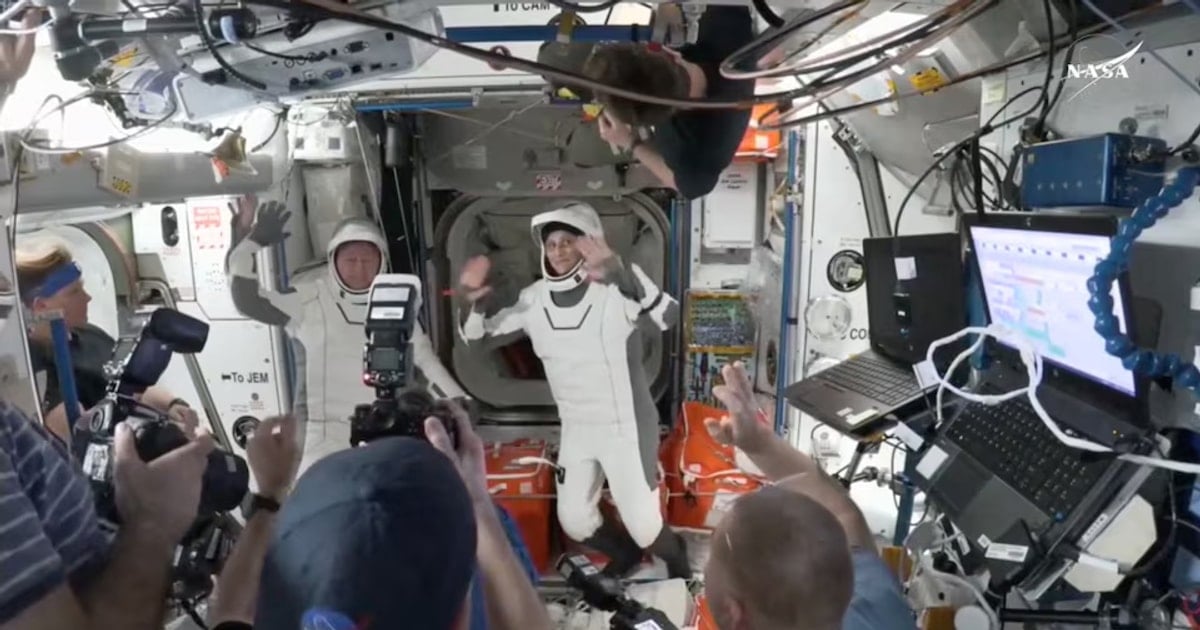



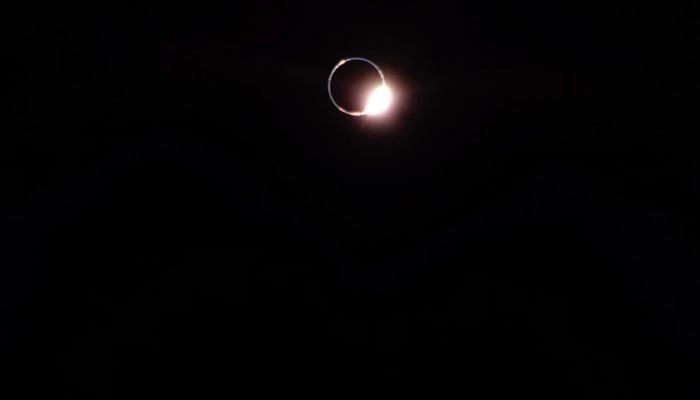

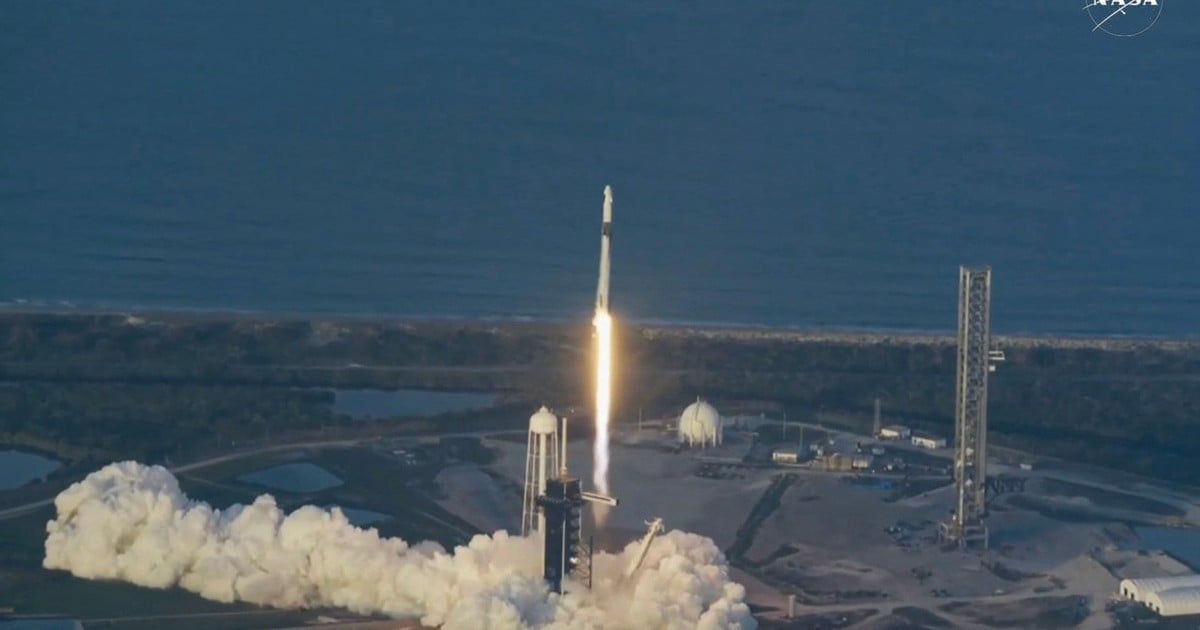

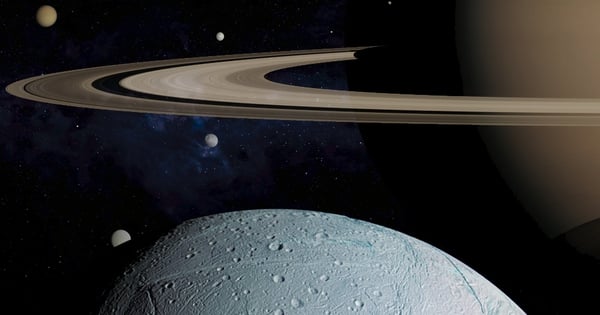
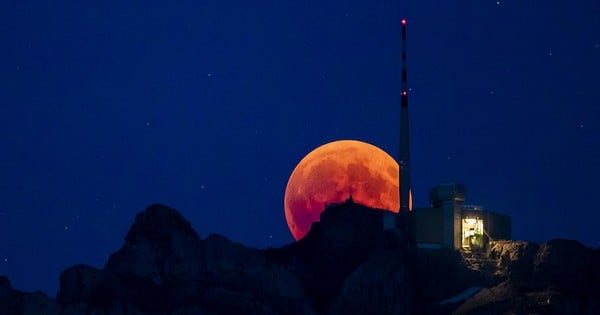











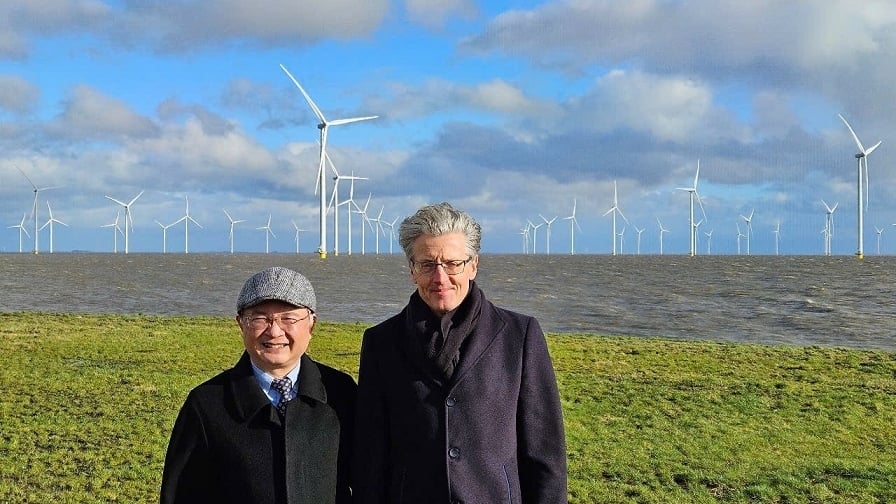




































































Comment (0)